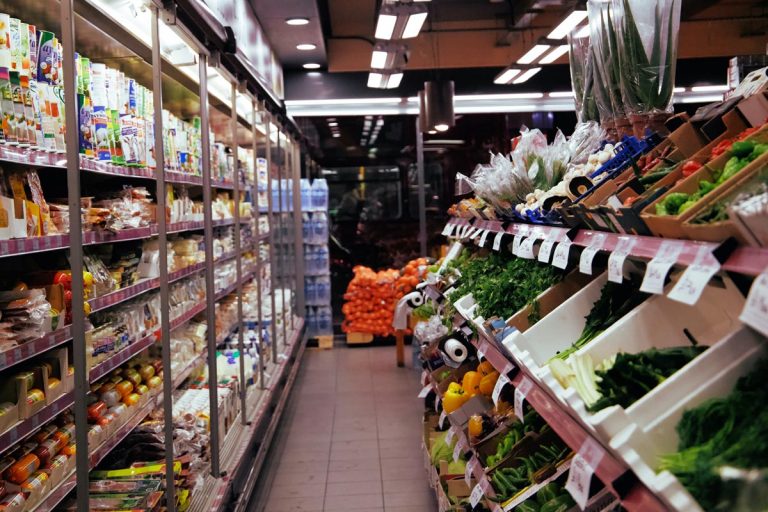Turkey Twizzlers are back. What are they and why now?

It’s official, fifteen years later, Twizzlers, those strips of meat that look like inedible corkscrews are back! After the forced hibernation due to public negativity, the kids meal was taken off school menus for being unhealthy. Now, they are claiming to have had a makeover, with health at the forefront. What exactly are Twizzlers, why did they disappear in the first place and why are they back now?
What are Turkey Twizzlers?
Common in the 1990s and early 2000s, Twizzlers were originally made up of 40 ingredients including pork fat, rusk and coating. With only a third of the product being made up of turkey meat, Twizzlers were just another case of a product’s claim defeating the fine print.
Now, “Turkey Twizzlers have listened to the public and completely transformed themselves into a much-improved product,” said nutritionist Dr Sarah Schenker. The curly pieces are “high in good quality protein and lower in fat, saturates, salt and sugar.” Apparently. They also supposedly contain 70 per cent turkey meat and have no E-numbers, which are food additives and preservatives. Marketing director, David Leigh added that the remaining 30 per cent was “mainly a blend of herbs and spices.” Note the use of ‘mainly’ here.
Where can you get Turkey Twizzlers?
From Thursday 20 August, two flavours, Original Tangy Tomato and Chilli Cheese, will be found in freezer aisles around the UK, starting with supermarket chain Iceland for £3 per pack of 8.
Why were Turkey Twizzlers banned in the first place?
Internationally famous chef Jamie Oliver called Twizzlers bad for children’s health during a high-profile TV campaign to improve the health of school dinners, which led to many meal contractors discontinuing the turkey dishes from school menus, and in turn led to the company shutting its doors to avoid any more negative press.
Why are Turkey Twizzlers making a comeback now?
In 2018, a petition was started which sparked nostalgia in 27,700 signatures, pleading for the corkscrew strips of processed meat to come back onto the market. That’s why Bernard Matthews, the company that produces these meat products, made its move in response to consumer demand.
The brand shared a video on Facebook and Twitter with the caption “Get ready for the comeback of the century you have all been waiting for!” In the promotional video, the narrator says “A long time ago, one moment changed everything. But now, with the world in need of joy than ever, the time has come.”
By doubling its turkey content, Twizzlers are now a healthier version of its former self, which awaits the public’s taste test and Oliver’s seal of approval before it can get back to where it once was.




